Stem cell therapy is a cutting-edge medical treatment that uses special cells to help heal the body. These cells, called stem cells, can turn into different types of cells and fix damaged tissues.
Stem cell therapy is part of a broader field called regenerative medicine, which aims to repair or replace damaged organs and tissues.
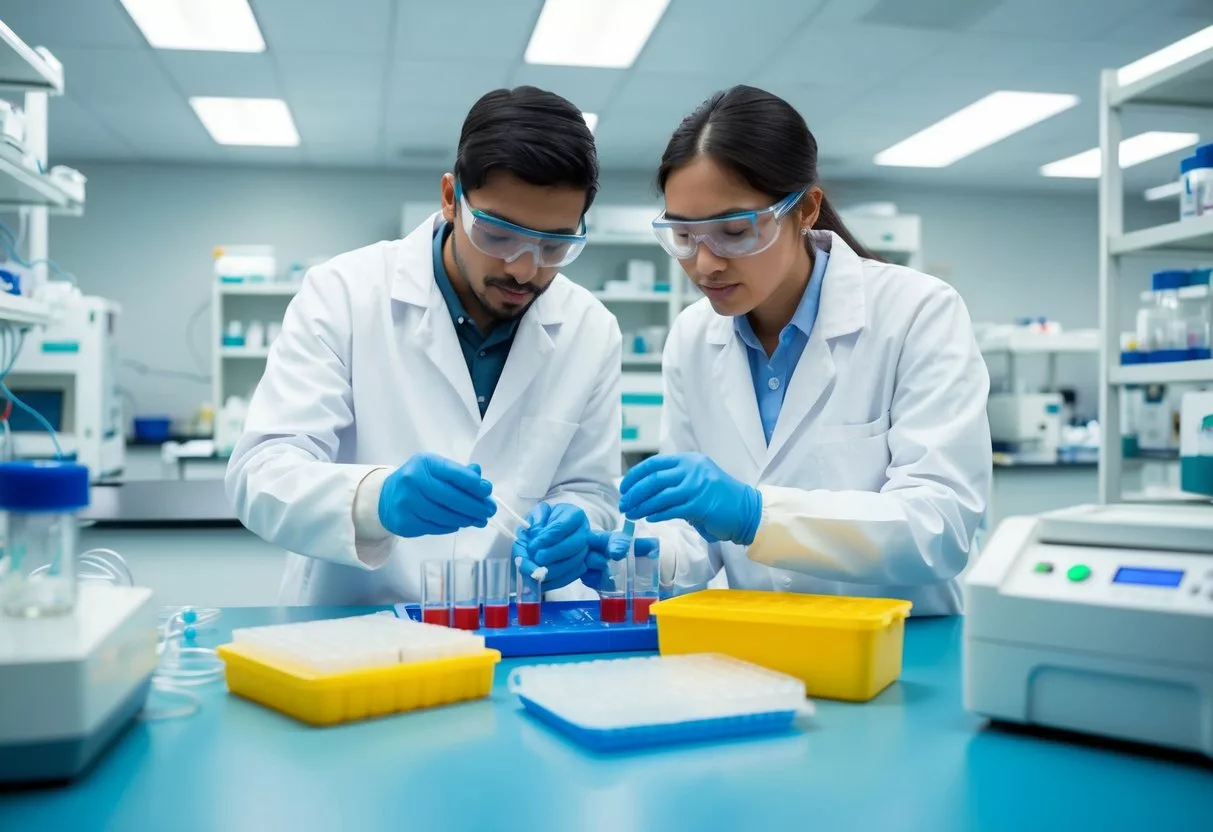
Doctors use stem cell therapy to treat some types of cancer and blood problems. They are also studying it for other health issues like brain diseases.
The therapy works by putting healthy stem cells into the body to replace or help damaged cells.
Stem cells come from different places, such as bone marrow or umbilical cord blood. Scientists are excited about stem cell therapy because it might help treat many diseases in the future. But there are still questions about how well it works for some health problems.
Doctors continue to do research to learn more about using stem cells safely and effectively.
Fundamentals of Stem Cells
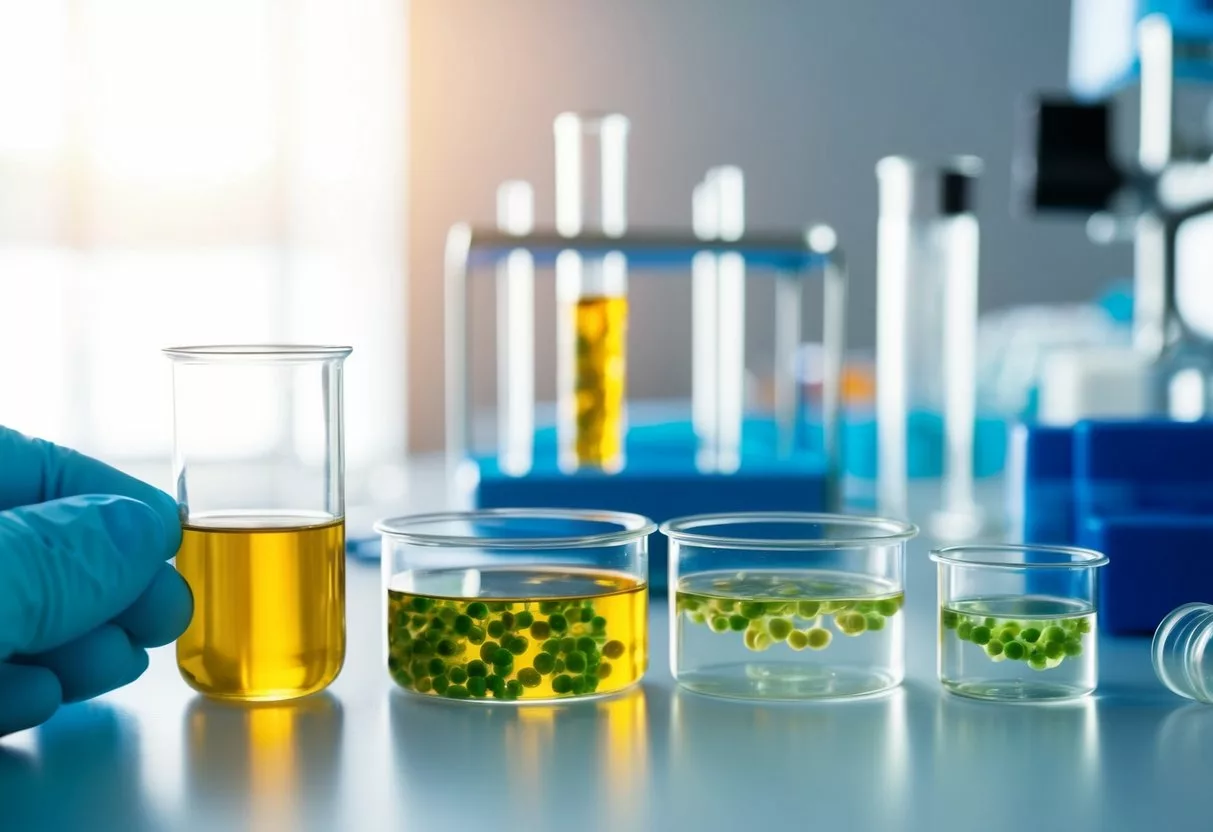
Stem cells are special cells with unique abilities. They can make copies of themselves and turn into different cell types in the body.
Types of Stem Cells
There are several types of stem cells:
- Embryonic stem cells: These come from early-stage embryos and can become any cell type.
- Adult stem cells: Found in various tissues, they can make specific cell types.
- Induced pluripotent stem cells: Made by reprogramming adult cells to act like embryonic stem cells.
Pluripotent stem cells can become any cell type. Multipotent stem cells can become several cell types within a specific tissue. Progenitor cells are like adult stem cells but can only divide a limited number of times.
Key Characteristics
Stem cells have two main features:
- Self-renewal: They can make copies of themselves many times.
- Differentiation: They can turn into other cell types with specific functions.
These traits make stem cells valuable for research and medicine. They can potentially repair or replace damaged tissues in the body.
Stem cells vary in their potential. Pluripotent stem cells can become any cell type. Multipotent stem cells are more limited but can still form several cell types within a tissue.
Scientists are studying how to control stem cell behavior. This could lead to new treatments for many diseases.
Stem Cell Therapy Mechanisms
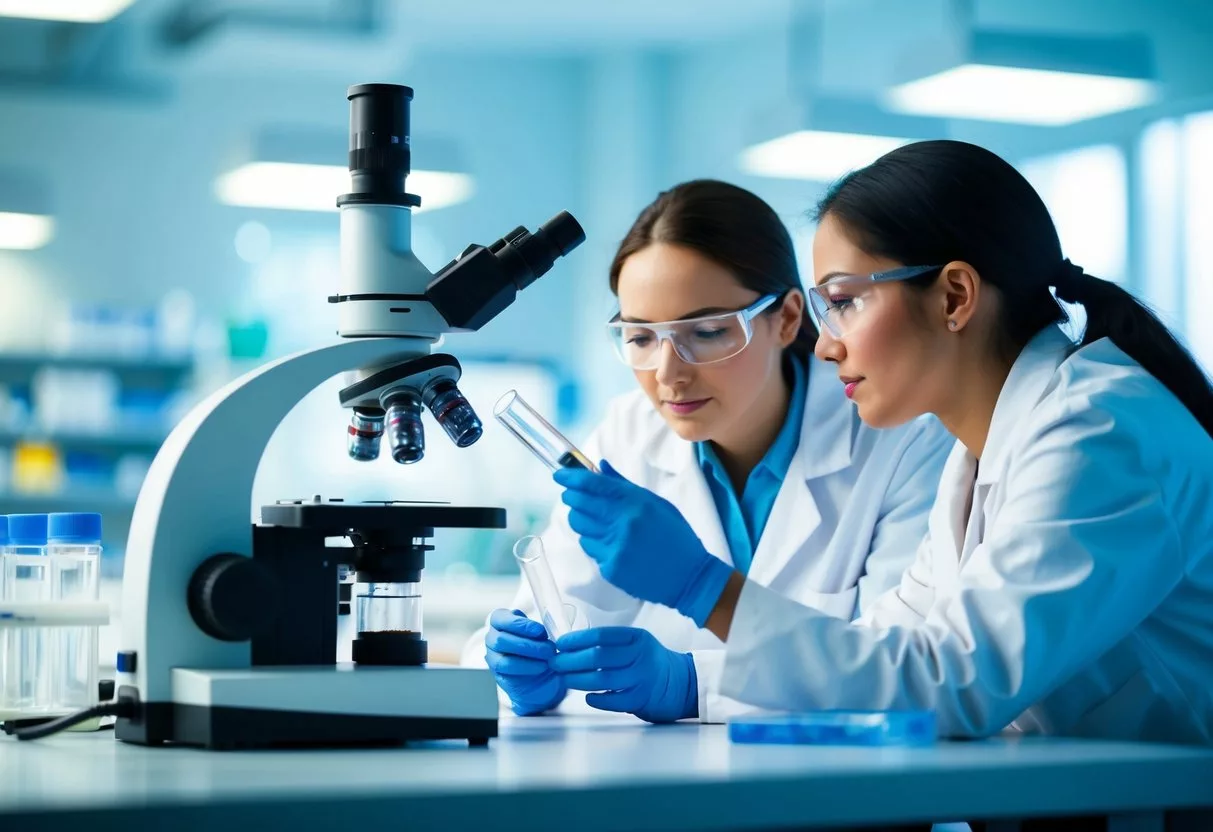
Stem cell therapy works through two main processes: cell differentiation and repair, and interaction with the immune system. These mechanisms allow stem cells to replace damaged tissues and modulate inflammatory responses in the body.
Cell Differentiation and Repair
Stem cells can turn into different cell types, which is key for tissue regeneration. This process is called directed differentiation. Scientists can guide stem cells to become specific cells needed for repair.
For example, researchers use oligodendrocyte progenitor cells to treat spinal cord injuries. These cells can form new myelin, the protective coating around nerve fibers.
Hematopoietic stem cells are used to treat blood disorders. They can form all types of blood cells in the body.
Stem cells also release growth factors. These proteins help damaged tissues heal faster.
Immune System Interaction
Stem cells, especially mesenchymal stem cells, can change how the immune system works. This is important for treating autoimmune diseases and reducing transplant rejection.
These cells can lower inflammation by reducing the activity of certain immune cells. They also boost the production of regulatory T cells, which help control immune responses.
Stem cells can travel to areas of inflammation in the body. Once there, they release factors that help reduce swelling and promote healing.
In some cases, stem cells can even help the body accept transplanted organs better. This reduces the need for strong anti-rejection drugs.
Clinical Applications of Stem Cell Therapies
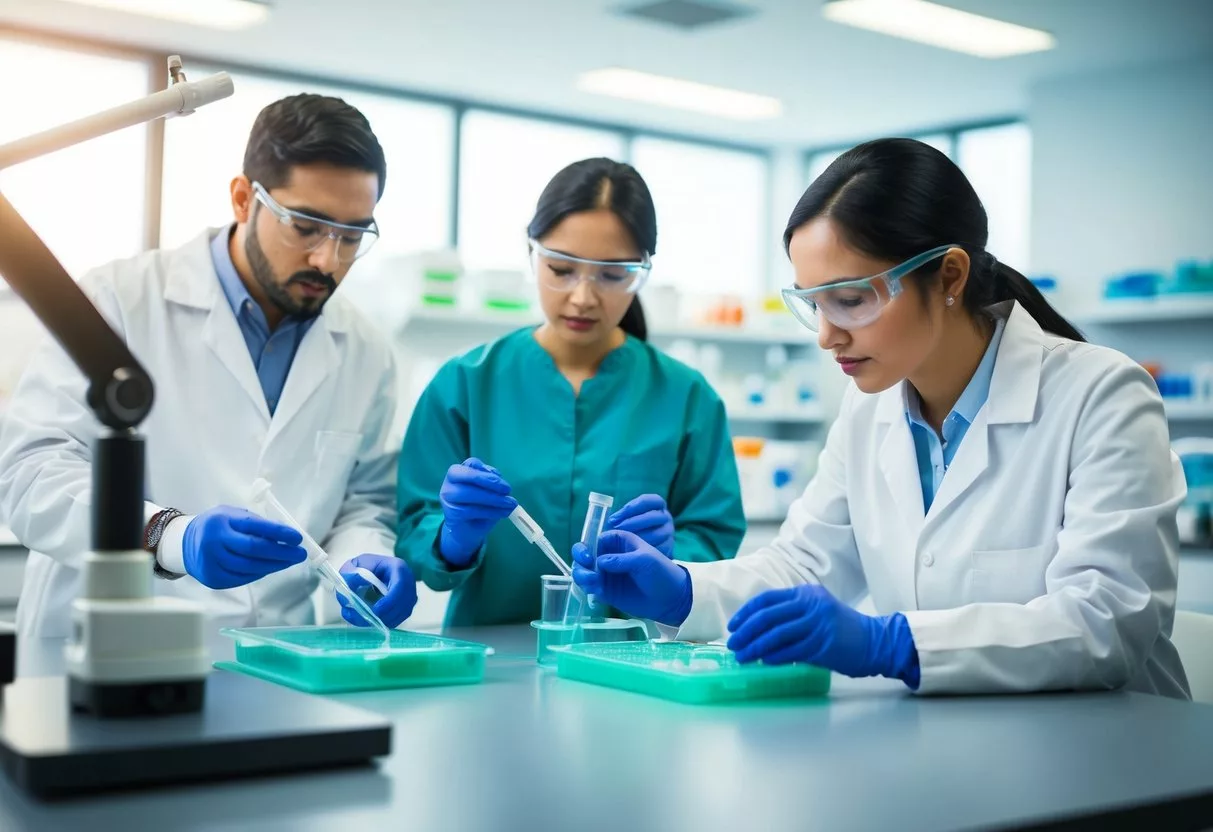
Stem cell therapies show promise for treating various medical conditions. These innovative approaches target blood disorders, brain diseases, and problems affecting the eyes and heart.
Hematological Conditions
Stem cell transplantation is a key treatment for blood cancers like leukemia. Doctors use healthy stem cells to replace damaged bone marrow.
This process, called bone marrow transplantation, helps create new, healthy blood cells. It can be life-saving for many patients with serious blood disorders.
Stem cell therapies also show potential for other blood-related issues. Researchers are exploring their use in treating genetic blood diseases and immune system disorders.
Degenerative and Neurological Diseases
Stem cells offer hope for treating neurodegenerative diseases like multiple sclerosis and Parkinson’s. These cells can potentially repair or replace damaged nerve tissue.
In multiple sclerosis, stem cell treatments aim to reset the immune system and stop it from attacking nerve cells. For Parkinson’s, researchers are working on using stem cells to create new brain cells.
Stem cell therapy is also being studied for stroke recovery. The goal is to repair brain damage and improve function in affected areas.
Ophthalmic and Cardiac Concerns
Eye diseases like macular degeneration may benefit from stem cell treatments. Scientists are developing ways to use stem cells to create new retinal cells, potentially restoring vision.
These therapies could help patients with various forms of blindness or vision loss. Early trials have shown promising results in improving sight.
For heart disease, stem cells might help repair damaged heart tissue. Researchers are exploring how to use these cells to grow new heart muscle and blood vessels.
This could lead to new treatments for heart attacks and other cardiac problems. It may help improve heart function and reduce the need for transplants.
Regulatory and Ethical Considerations
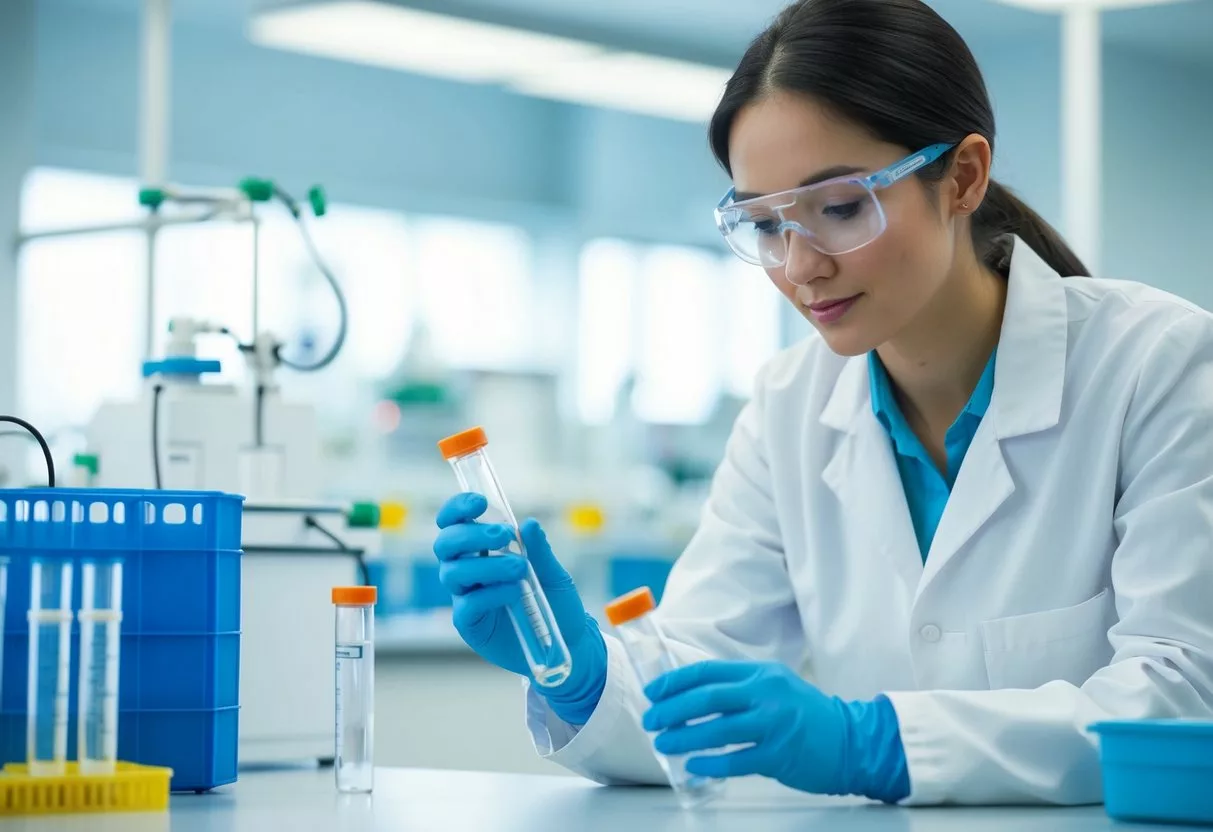
Stem cell therapy faces important regulatory hurdles and ethical debates. The FDA plays a key role in overseeing clinical trials and approvals. Ethical questions arise around embryonic stem cell research and potential misuse.
FDA Oversight
The U.S. Food and Drug Administration (FDA) regulates stem cell therapies as biological products. Researchers must submit an Investigational New Drug application before starting clinical trials. This ensures safety standards are met.
The FDA has approved few stem cell treatments so far. Most remain experimental. Strict rules apply to manufacturing processes and clinical study designs.
Oversight aims to protect patients from unproven or risky treatments. The FDA works to balance innovation with safety concerns.
Ethical Debates in Stem Cell Research
Embryonic stem cell research raises ethical issues. Some oppose it due to beliefs about when life begins. Others argue its potential benefits outweigh concerns.
The use of stem cell lines from embryos is a key debate. Rules limit which lines can be used in federally-funded research.
Human cloning for stem cells is widely banned. But therapeutic cloning to create stem cells matching a patient remains controversial.
Access and fairness in stem cell therapies also spark ethical questions. High costs may limit who can benefit from new treatments.
Stem Cell Sources and Harvesting
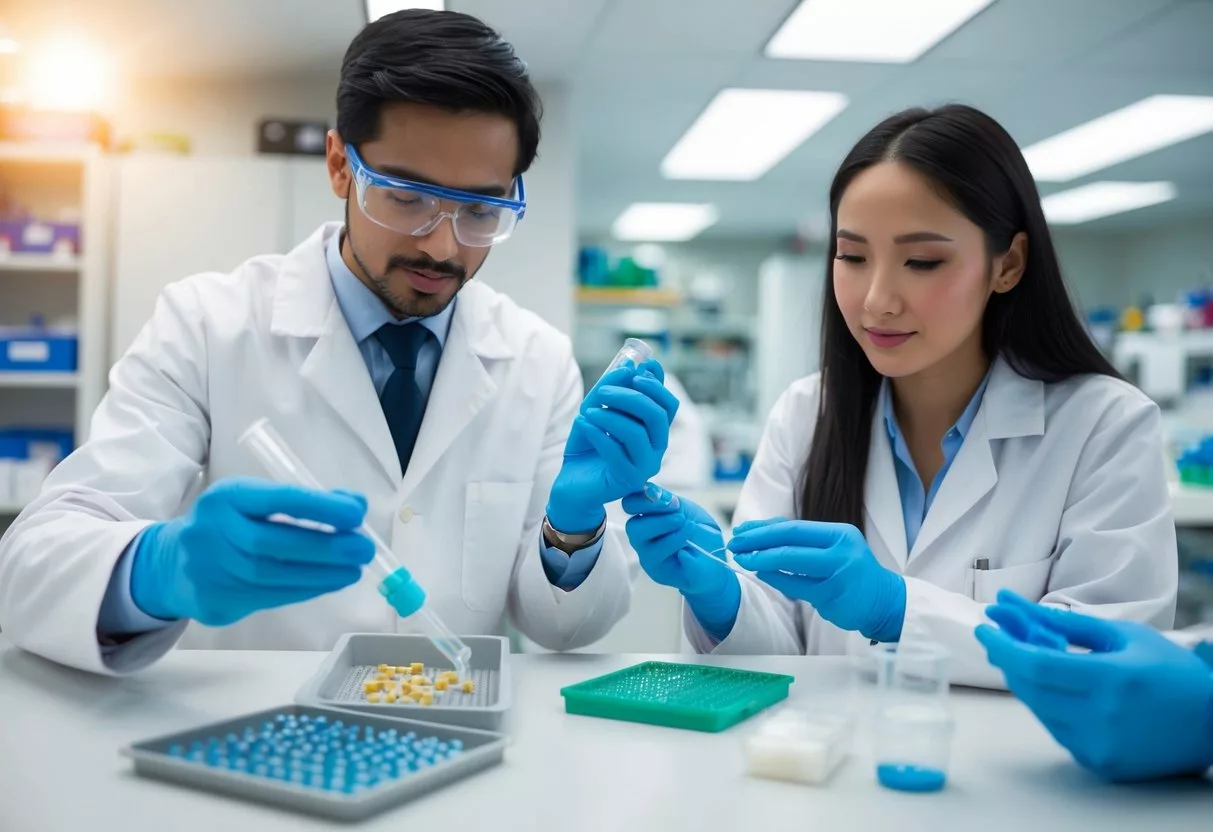
Stem cells can be obtained from various sources in the human body. These sources differ in accessibility, cell yield, and potential applications for treatment.
Bone Marrow and Peripheral Blood
Bone marrow is a rich source of hematopoietic stem cells. These cells can form all types of blood cells. Doctors extract bone marrow through a needle inserted into the hip bone.
Peripheral blood also contains stem cells, though in smaller numbers. To increase stem cell count in blood, doctors may use growth factors. This process is called mobilization.
Hematopoietic stem cell transplantation (HSCT) uses cells from bone marrow or blood. It can be autologous (using the patient’s own cells) or allogeneic (using donor cells).
HSCT is used to treat blood cancers and other disorders. The procedure involves destroying diseased cells and replacing them with healthy stem cells.
Adipose Tissue and Umbilical Cord Blood
Adipose tissue (fat) is an easy-to-access source of stem cells. Doctors can extract these cells through liposuction. Adipose-derived stem cells can turn into various cell types, including bone, cartilage, and muscle.
Umbilical cord blood is rich in stem cells. It’s collected after birth without harm to mother or baby. Cord blood stem cells are young and adaptable.
Cord blood banks store these cells for future use. They can treat blood disorders, immune deficiencies, and metabolic disorders. Cord blood transplants often cause fewer complications than other stem cell sources.
Advancements in Stem Cell Research
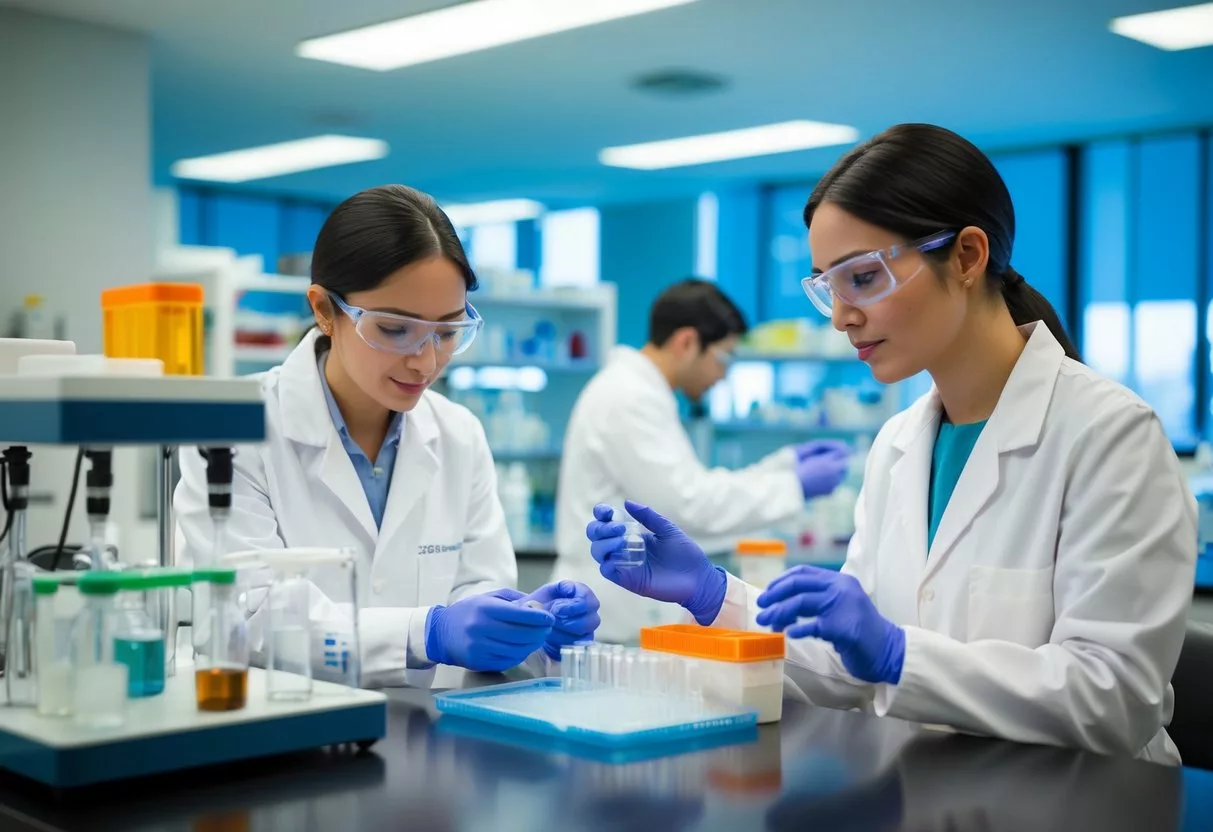
Stem cell research has made big leaps in recent years. New ways to reprogram cells and more clinical trials are pushing the field forward.
Innovations in Reprogramming
Scientists have found better ways to make induced pluripotent stem cells (iPSCs). These are adult cells changed back into stem cells. The new methods are:
- Faster
- More efficient
- Safer for potential treatments
Researchers now use special proteins and chemicals instead of viruses to reprogram cells. This reduces the risk of unwanted genetic changes.
Another key advance is making iPSCs from blood cells. It’s easier to get blood samples than other cell types. This could lead to more personalized stem cell therapies.
ClinicalTrials.gov Updates
The ClinicalTrials.gov database shows many new stem cell studies. Recent trials focus on:
- Mesenchymal stem cells for immune disorders
- Hematopoietic stem cells for blood cancers
- Neural stem cells for brain injuries
Researchers are testing stem cells for hard-to-treat conditions like heart failure and spinal cord injury. Some trials use a patient’s own stem cells to avoid rejection issues.
Early results look promising for some treatments. But most stem cell therapies are still experimental. More research is needed to prove they work and are safe.
Understanding Stem Cell Transplantation

Stem cell transplantation is a complex medical procedure used to treat various diseases. It involves replacing damaged or diseased cells with healthy stem cells. The process carries both benefits and risks for patients.
Autologous vs. Allogeneic Transplants
Autologous stem cell transplants use the patient’s own cells. Doctors collect stem cells from the patient before treatment. They then return these cells after high-dose chemotherapy.
Allogeneic transplants use stem cells from a donor. The donor can be a family member or an unrelated person. Doctors match donors and patients based on genetic markers.
Each type has its own pros and cons. Autologous transplants have a lower risk of rejection. Allogeneic transplants can fight cancer cells more effectively.
Managing Transplantation Risks
Stem cell transplantation carries several risks. One major concern is graft-versus-host disease in allogeneic transplants. This happens when donor cells attack the patient’s body.
Patients may face other complications:
- Infections
- Organ damage
- Bleeding
Doctors use various methods to reduce these risks. They may give patients:
- Antibiotics to prevent infections
- Immunosuppressants to control graft-versus-host disease
- Supportive care to manage side effects
Close monitoring helps catch and treat problems early. This improves outcomes for transplant patients.
Stem Cell-Based Treatment for Common Diseases
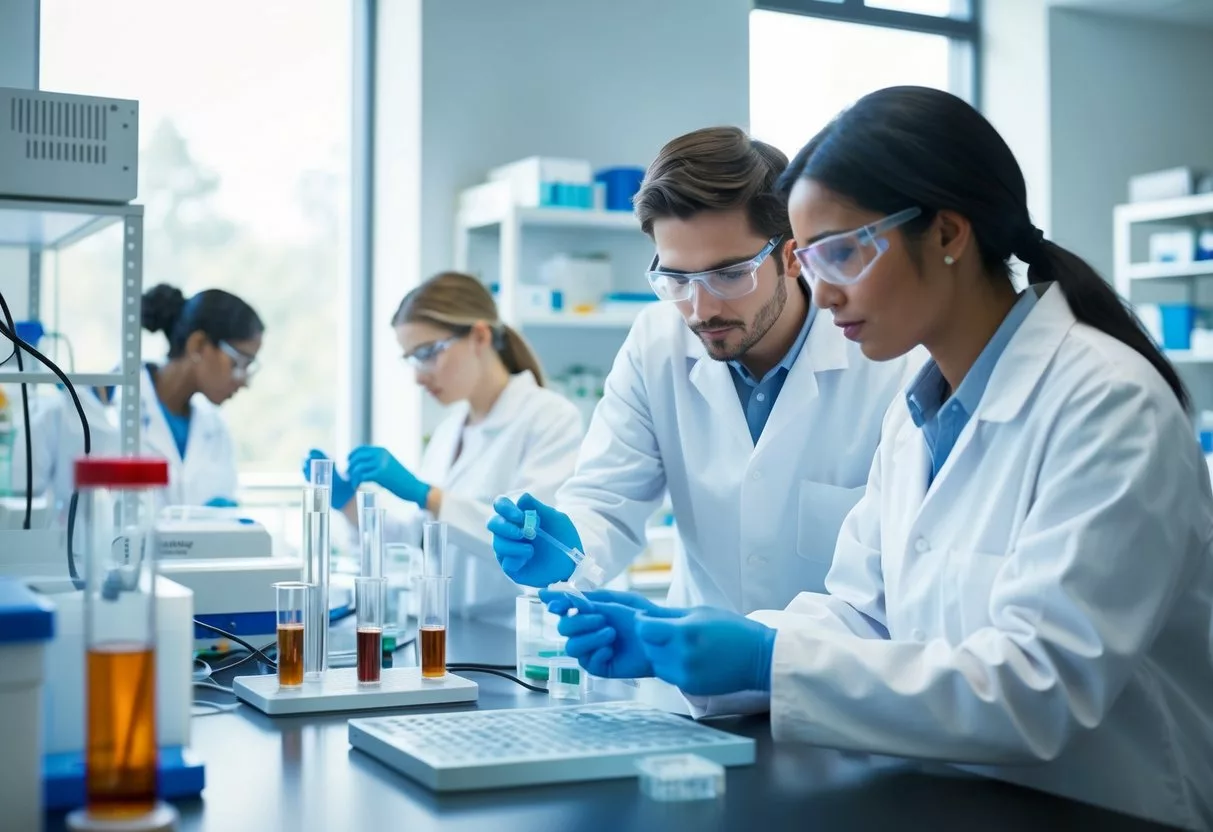
Stem cells show promise in treating various diseases. These cells can replace damaged tissue and help the body heal itself. Scientists are studying their use for many conditions.
Cancer Therapies
Stem cell-based therapies are being tested for several types of cancer. In leukemia treatment, stem cells replace damaged bone marrow. This helps the body make healthy blood cells again.
For lymphoma and multiple myeloma, stem cells are used after chemotherapy. They help rebuild the immune system. This allows for stronger cancer treatments.
Researchers are also looking at using stem cells to deliver cancer drugs. The cells can target tumors directly. This may lead to more effective treatments with fewer side effects.
Treating Autoimmune and Metabolic Disorders
Stem cells may help with autoimmune and metabolic diseases. In diabetes, scientists are working to create insulin-producing cells from stem cells. This could replace daily insulin injections.
For Alzheimer’s disease, stem cells might repair brain damage. They could replace lost neurons and improve memory.
In Parkinson’s disease, stem cells could make new dopamine-producing cells. This may help control symptoms like tremors.
For ALS, also called Lou Gehrig’s disease, stem cells might protect nerve cells from damage. Early trials have shown some promise in slowing the disease.
The Future of Stem Cell Therapies
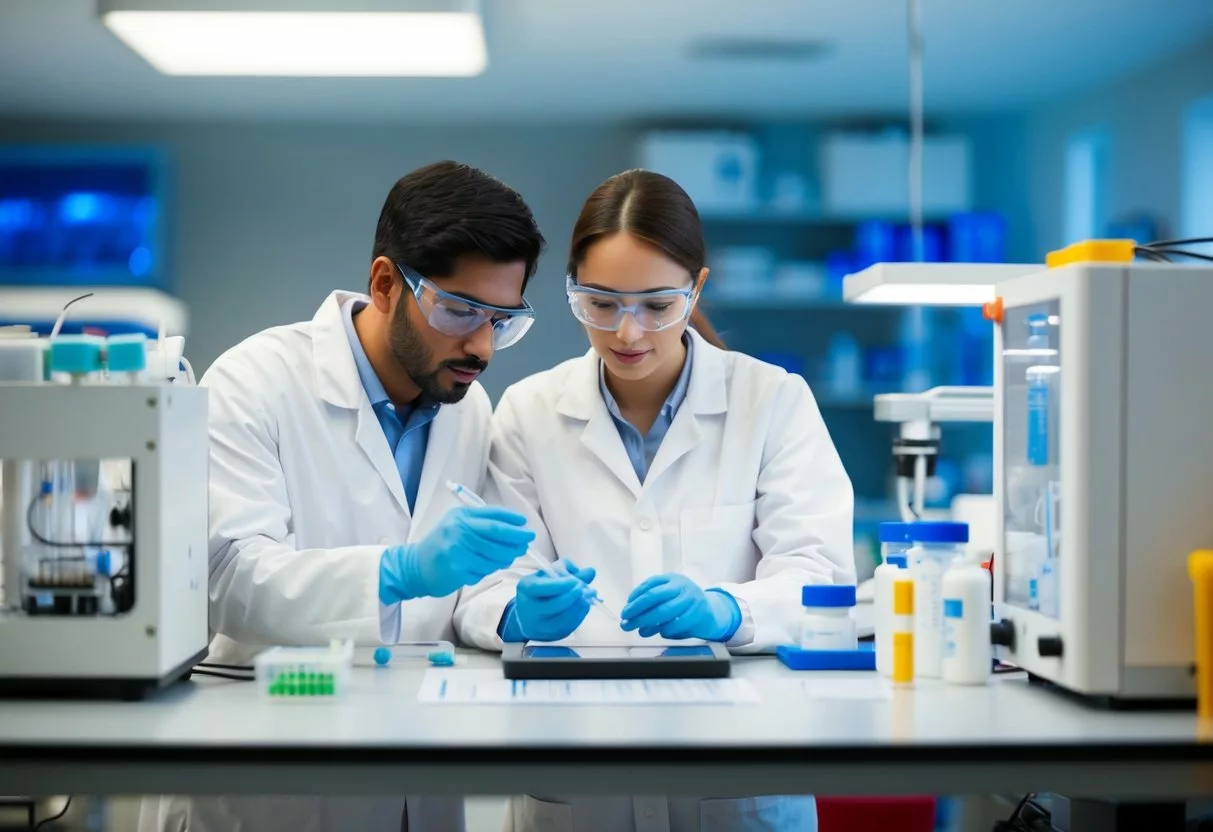
Stem cell therapies show great promise for treating many diseases. Medical researchers are working to unlock their full potential.
Potential Medical Breakthroughs
Stem cell-based treatments may lead to cures for previously untreatable conditions. Scientists are exploring ways to use stem cells to repair damaged tissue and organs.
For example, researchers are developing therapies for eye diseases like age-related macular degeneration and glaucoma. These treatments could restore vision in millions of people.
Stem cells may also help treat:
- Heart disease
- Diabetes
- Parkinson’s disease
- Spinal cord injuries
Advances in cell culture techniques are improving scientists’ ability to grow and control stem cells. This could make treatments more effective and widely available.
Expanding the Range of Treatable Diseases
As stem cell research progresses, the list of treatable conditions keeps growing. Scientists are working to develop therapies for complex disorders like Alzheimer’s disease and multiple sclerosis.
Gene editing techniques may allow researchers to correct faulty genes in stem cells. This could lead to treatments for genetic disorders.
Stem cells might also help combat the effects of aging. They could be used to regenerate tissues and organs that deteriorate over time.
Researchers are exploring ways to use stem cells in cancer treatment. These therapies may target tumors more effectively than current methods.
Patient Considerations for Stem Cell Therapy
Patients interested in stem cell therapy should carefully weigh their options and understand what to expect. Key factors include treatment effectiveness, potential risks, and the overall process.
Evaluating Treatment Options
Stem cell therapies offer potential for treating various diseases. Patients should research available options thoroughly.
Ask doctors about:
- Treatment goals
- Success rates
- Possible side effects
- Costs and insurance coverage
Be wary of clinics making unrealistic promises. Legitimate stem cell treatments undergo rigorous clinical investigations to ensure safety and effectiveness.
Seek multiple medical opinions. Compare different approaches, such as stem cell injections versus other therapies. Consider participating in clinical trials for cutting-edge treatments.
Understanding the Patient Journey
The stem cell therapy process involves several steps. Patients should prepare mentally and physically.
Pre-treatment:
- Medical evaluations
- Discussions about stem cell products to be used
- Informed consent
Treatment day may involve cell harvesting, processing, and injection. Recovery time varies based on the procedure.
Patients should report any adverse events promptly. Follow-up appointments are crucial to monitor progress and adjust treatment if needed.
Long-term commitment is often necessary. Some therapies require multiple sessions over time for optimal results.
Frequently Asked Questions
Stem cell therapy is a developing field with potential benefits and risks. It involves using stem cells to repair or replace damaged tissues in various medical conditions. Insurance coverage and success rates vary depending on the specific treatment and condition.
What are the potential benefits of stem cell therapy for patients?
Stem cell therapy offers hope for treating many conditions. It may help repair damaged tissues and organs. This could lead to improved function and quality of life for patients.
Some potential benefits include reducing inflammation and promoting healing. Stem cells may also help generate new, healthy cells to replace damaged ones.
What is the success rate of stem cell therapy in treating various conditions?
Success rates for stem cell therapy differ based on the condition and type of treatment. Some treatments, like bone marrow transplants, have been used for decades with good results.
For newer applications, success rates are still being studied. More research is needed to determine effectiveness for many conditions.
How does stem cell therapy work in the context of regenerative medicine?
Stem cell therapy aims to replace or repair damaged cells in the body. Stem cells can divide and become different types of cells. This allows them to potentially regenerate tissues.
In treatment, stem cells are introduced into the body. They may be injected directly into damaged areas or given through an IV.
What are the common side effects associated with stem cell therapy?
Common side effects can include pain or swelling at the injection site. Some patients may experience flu-like symptoms after treatment.
More serious risks can include infections or immune reactions. The severity of side effects often depends on the type of stem cells used and the method of administration.
Can stem cell therapy be covered by health insurance plans?
Coverage for stem cell therapy varies. Some treatments, like certain bone marrow transplants, may be covered. Many experimental therapies are not covered by insurance.
Patients should check with their insurance provider. Coverage often depends on whether a treatment is FDA-approved for a specific condition.
What are the current advancements in stem cell therapy for cancer treatment?
Stem cell therapy is being studied for various types of cancer. One approach uses stem cells to help patients recover after high-dose chemotherapy.
Researchers are also exploring ways to use stem cells to deliver targeted cancer treatments. This could potentially improve effectiveness and reduce side effects of cancer therapies.